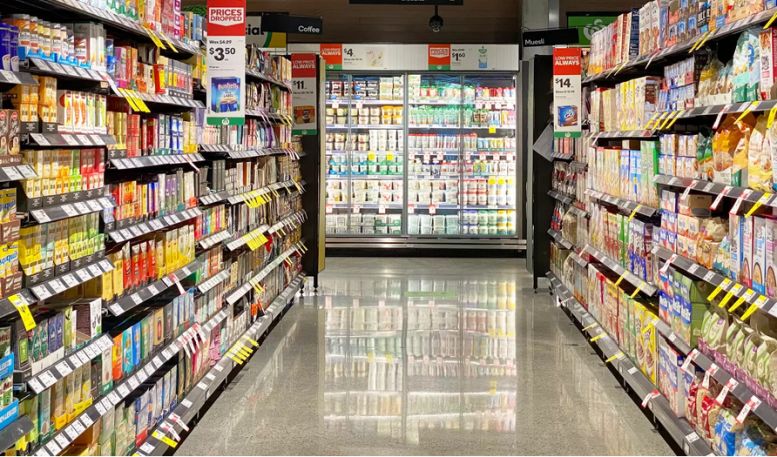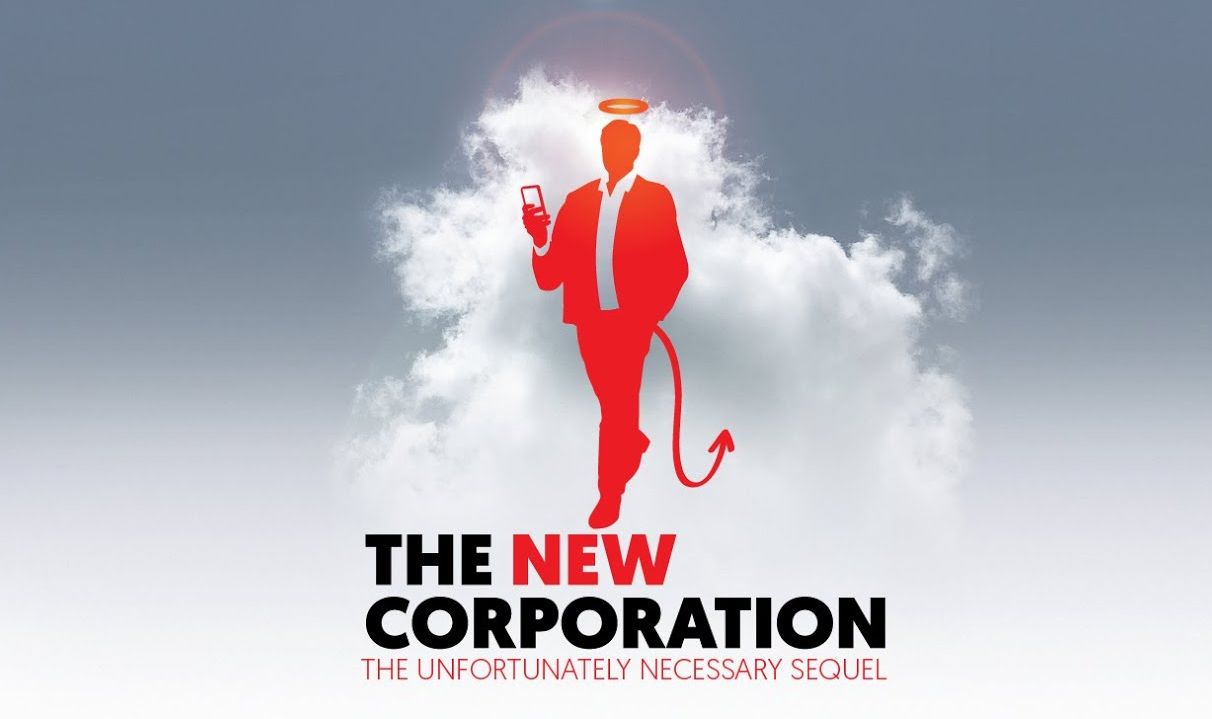In February 2023, average inflation was 5.2 percent; prices are still increasing but more slowly than a year ago. However, food inflation was 10.6 percent, reinforcing the strong feeling that the big three grocery companies are profit gouging consumers. In order to appear that they are doing something, MPs summoned the heads of the big three — Loblaws, Metro and Empire — to answer questions. But no action was forthcoming.
When food prices rise faster than wages it is the working class that is disproportionally affected. When food prices rise twice as fast as wages and prices of other goods and services, the situation becomes alarming and demands an explanation.
During the last 12 months, grocery prices have risen by 10.6 percent. In the same time period, wages in the goods-producing sector rose by 4.9 percent, while wages in service-producing sectors rose by 4.3 percent. Not surprisingly, a typical grocery cart now contains fewer items, yet it is more expensive than a year or two ago.
Median weekly wages of agricultural workers did not rise between September 2021 and September 2022. Since it takes about 9 months for prices of agricultural inputs to filter into checkout prices (roughly speaking, we are eating food produced 9 months ago), the rise in wages of agricultural workers hardly influenced price of food.
The increase in food prices disproportionally affects children, low- and increasingly mid-income workers, students, Indigenous people (especially in the North), people of colour, seniors, people with disabilities, and those on social assistance. It creates even more stress for those who are already squeezed by the ongoing housing crisis.
Even though the overall rate of inflation has somewhat moderated since July 2021 and hovers around 5-6 percent, food inflation is not slowing. At the same time, giant grocery store chains are making record profits.
Profits of Mega Retailers
Three Canadian-based corporations (Loblaws, Metro, and Empire) control almost 60 percent of the country’s grocery retail. Compared to the same period before the COVID pandemic, net revenues of the three giants increased by $121 million or 45 percent (Loblaws), 53 million or 24 percent ( Metro), and $67 million or 56 percent (Empire). Furthermore, a study by Agri Food Lab on food inflation at Dalhousie University shows that in the second half of 2022, Loblaws’ gross profits exceeded their average profit for the preceding 5 years by $436 million, and their highest profits during the same 5 years by $180 million. Gross profits of Metro and Empire were also higher compared to their 5-year average and maximums, but not to the extent as Loblaws.
The three giants had three very profitable years. At the same time, food inflation has brought hundreds of thousands of people in this country to the brink of hunger. When asked about increased profits right after he rescinded “hero pay” (extra $2 per hour grocery chain employees were getting during the pandemic), the CEO of Empire grocery chain said, “I refuse to apologize for our success. Such success is not because of inflation, but in spite of it.” Increasingly, capitalist success means misery for the rest of us.
The increased public concern over possible price gouging by Canadian food retailers forced the Canadian Parliament to start investigating food price inflation. On Wednesday, March 8, CEOs of Loblaws, Metro, and Empire, which account for almost 60 percent of Canadian grocery market, testified in front of Parliamentary Standing Committee on Agriculture and Agri-Food.
Galen Weston, a third-generation billionaire and the president and CEO of Loblaws (owners of Loblaws, Shoppers Drug Mart, Canadian Superstore, and No Frills chains), Michael Medline, the CEO of Empire Foods (owners of Sobeys, Safeway, and Foodland chains), Eric La Flèche, president and CEO of Metro (which owns Food Basics) put up a spirited defence of their business practices. Incidentally, Medline and La Flèche, millionaires themselves, work for peanuts when compared to the billionaire Weston.
Visibly inconvenienced that their companies find themselves under public scrutiny, the three big bosses stuck to the same script — profit margins in their line of business are “too thin” and that excludes any possibility of price manipulation. “The idea that grocers are causing food inflation is not only false, it’s impossible,” said Galen Weston adding that “retail prices have not risen faster than our costs” and that “[Loblaw’s] profit levels are reasonable.”
The message of the CEO of Empire to Canadians was clear. “We at Empire are not profiting from inflation. It doesn’t matter how many times you say it, write it or tweet it. It is simply not true,” said La Flèche. In the spirit of fair play and plain dealing, Galen Weston announced that the three corporations are in the midst of creating a Grocery Code of Conduct, whose goal will be to show that Loblaws and other retail companies are “committed to developing an effective [transparency] code that’s fair and balanced on all sides.”
Parliamentary politicians used this opportunity to show once again that they are not able to stand up to big business. The NDP leader Jagmeet Singh theatrically asked the CEO of Loblaws, “How much profit is too much profit?” The question was easily deflected by Weston, who replied that “reasonable profitability is an important part of operating a successful business.” At the end of the day, Singh got his headlines. Weston gave a short and edifying answer to the satisfaction of fans of capitalism. Everybody played their part.
The hearing was a failure as it did not reveal anything new about causes of food inflation. But that does not mean that certain kinds of explanations were not put forward.
The spokesperson for the Retail Council of Canada, a lobbying group funded by owners of retail industry, pointed to wholesalers claiming that “grocers are food distributors [and are] largely dependent on what suppliers ask them to pay for their products.” Note that in the jargon of corporate public relations, the word “grocers” means “owners and bosses of multi-billion-dollar corporations.”
Food wholesalers, in turn, pointed their fingers at “a number of factors, including labour and packaging.” Given that wages in the wholesale and retail sector increased by a measly 1.6 percent in the last 12 months, it would have been interesting to hear a little bit more about those “other factors.” The parliamentarians failed to pursue that line of questioning.
A spokesperson for Loblaws blamed food inflation on the Russian invasion of Ukraine, supply-chain disruptions, cost of fuel, and the impact of the climate crisis. She quite cleverly closed the loop of causes and shifted the blame to events beyond the control of grocery chain bosses, or any human being for that matter.
Professional cheerleaders for capitalism wholeheartedly agreed with Loblaw’s public relations machine. In an interview for the Globe and Mail, a professor of food economics at the University of Guelph blamed food inflation on “a host of factors” in large part identical to those mentioned by representatives of the retail and wholesale industries. He did add to the mix the weakness of the Canadian dollar, and that the good old “supply and demand are out of whack,” an argument that is invoked to justify any rise in prices under the sun. Apparently, in their wrong-headed attempt to save on expenses, people had at some point decided to cook more at home. That resulted in increased demand for groceries, therefore higher prices.
Canadian consumers have every reason to doubt the protests of the big three CEOs. In 2017, Loblaws informed the Competition Board of its own participation in industry-wide bread price fixing collusion. The scheme lasted between 2001 and 2015. This agreement preserved big companies’ respective market shares, while they all took in extra profit by jacking up bread prices. If even one of the participants decided to exit the agreement and lower bread prices, this could possibly trigger price wars, lower profit margins, and possibly result in re-carving the market. When Loblaws exited the agreement and snitched on the rest of its former conspirators, they did it at the moment they judged advantageous to their bottom line.
Impossible to Prove Food Price Gouging
At the end of the day, it is impossible to directly prove that big grocery retail chains are engaging in price gouging for a very mundane reason. Retailers are legally allowed to merge financial statements of their various brands if they have “economically similar characteristics.” Thus, financial data from many different retail chains owned by a large retail corporation are merged into one master financial statement. By current standards, this practice is deemed transparent, even if a corporation in question controls almost one-third of grocery retail in Canada, as in the case of Loblaws.
As the report on food inflation from Dalhousie University Agri Food Lab points out, not even the Competition Bureau has the legal power to order the companies to open accounting books of individual brands to full scrutiny. According to the CEO of Loblaws, those account books are chock-full of trade secrets which, if revealed, would presumably grant Loblaw’s competitors an unfair advantage.
This also may be a reason why the Competition Bureau could not find evidence of price gouging in the grocery retail industry. Legal powers of Canada’s “independent law enforcement agency that protects and promotes competition for the benefit of Canadian consumers and businesses” evaporate the moment private property rights start to trump the common good.
These kinds of accounting practices give retail giants ample opportunity to shift numbers around and hide the origins of the alleged excess profits. So when Galen Weston claims that increased profits come from cough and cold medicine, cosmetic products sold at Shoppers Drug Mart, and clothing sold at Joe Fresh, there is no way to check whether he is telling the truth, despite the fact that the price of clothing and footwear declined by almost 4 percent and wages in the retail sector rose by 15 percent since February 2020. This would usually cause profits to decline, but apparently not this time.
Food Inflation as a Natural Disaster
There is a good reason why defenders of markets and capitalism present any kind of market gyration as beyond human control. Those reasons are deeply ideological and people who advocate them are sincerely convinced that they are true. But let us briefly go through some of those reasons and see whether they really are beyond human control.
Ending the brutal and cruel war in Ukraine, through socialist and anti-imperialist mass politics, would also bring down fuel costs and the cost of crops, such as sunflower and maize, which are the main exports of Ukraine and Russia. But as long as imperialist powers are engaged in a struggle for control of territory and resources, spurred on by a general crisis of capitalism, economic problems are not solved but are left to fester.
It is becoming increasingly clear that this bout of inflation is impervious to cures prescribed by the Bank of Canada and its governors. The current weakness of the Canadian dollar compared to the US dollar is a consequence of Canada’s place in the global capitalist order and Canada’s economic and monetary policy. Control over economic policy should be wrested away from a handful of unelected technocrats at the Bank of Canada and the Department of Finance, and instead be democratically controlled and planned.
Food inflation is a global issue. As a relatively small open economy, Canada imports and exports much of its inflation from and to its largest trading partners — the US and the European Union. That set of advanced capitalist countries have had almost identical economic policies for decades and it should not come as a surprise that they experience very similar economic problems.
There are those who look to breaking up the three corporate giants to increase competition and lower food prices. This is a favourite measure of social democrats in the line of Jagmeet Singh to “progressive” economists such as Jim Stanford. Unfortunately, this will not work. The Canadian Federation of Independent Grocers is firmly behind their giant competitors when it comes food inflation. “But the independents are seeing the same supplier increases as the chains,” said the spokesperson for the independent grocers, before committing to Galen Westons’ Grocery Code of Conduct.
Food price inflation is just one of many problems staring the Canadian working class in the face. Rising inequality, the climate catastrophe, and the renewed possibility of nuclear war demand solutions that are not possible within the capitalist system.
What is needed is a mass movement that puts as a top priority human welfare, life with dignity, progress, and the ability to shape our own future.
What is needed is a democratically-planned economic system that prioritizes satisfying each of our many needs.




